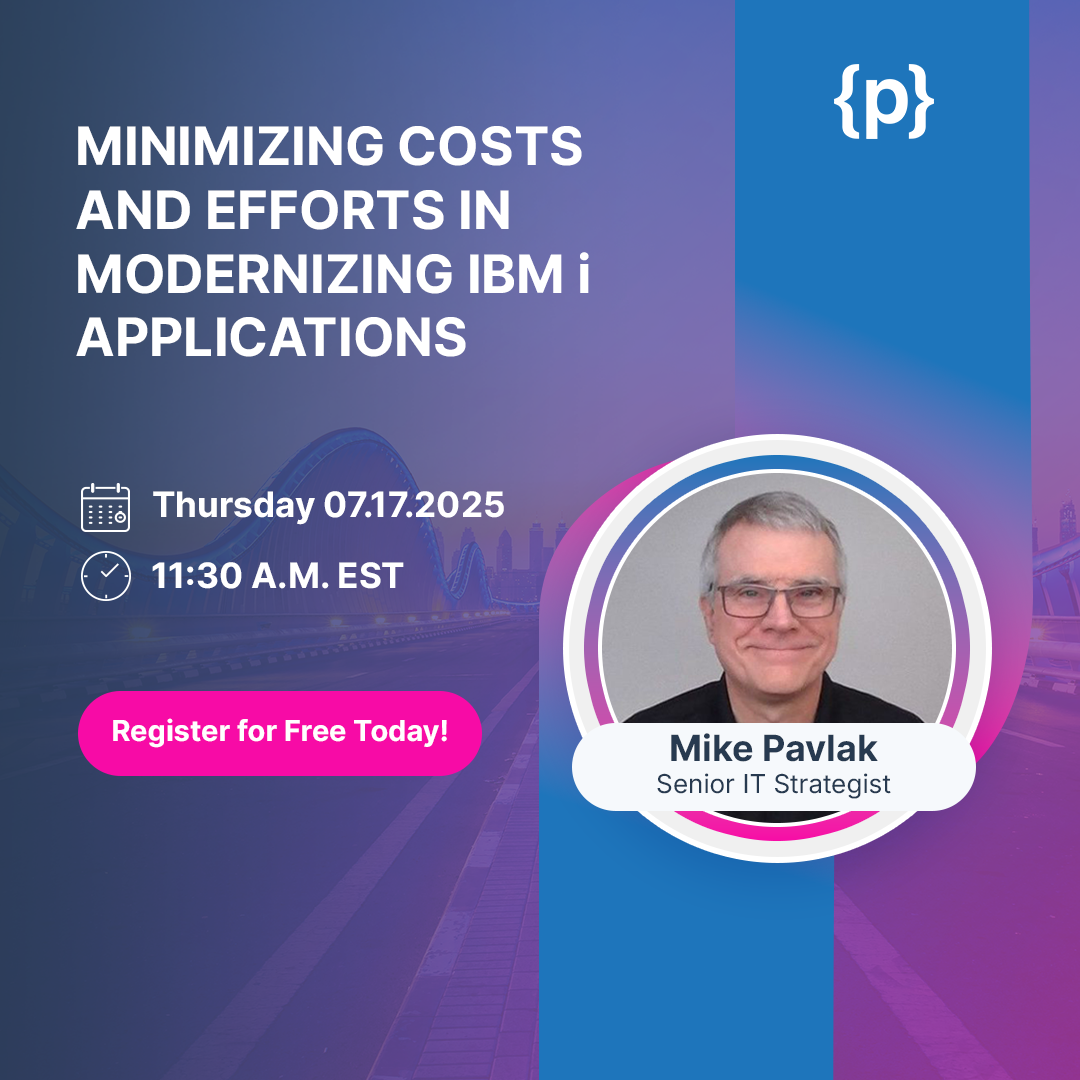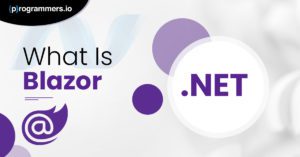Top 6 Tech Stacks to Consider for Software Development
Did you know that each year in the United States, an average of 20 tech startups generate more than $100 million in their first year? The digital economy is booming, with the post-pandemic world embracing tech-based businesses at an unprecedented rate. It’s the perfect time to break into the tech economy.
Whether you’re creating a new business or modernizing your company, you’ll need a solid software development strategy. Part of this is choosing the right tech stack.
Do you want to learn more about tech stacks and popular tech stacks in the industry? Check out these six popular tech stacks to find out which fits your company or startup best.
Defining Tech Stacks and Their Uses
If you’re building a business from scratch that’s centered around an application, or if you’re unrolling an application to help your business modernize or stay current, then you need a set of application software to develop your application. This application software is called a tech stack or a software stack. Understanding what a tech stack is and how it’s constructed will allow you to choose a popular combo that suits you or customize one for yourself.
Tech stacks are made up of two broad categories of software development programs. Front-end software allows you to develop the interface that clients use to input data. Back-end software is a program that will store and change data based on the software’s purposes, needs, and client input data.
Some examples of front-end software are HTML and CSS. Examples of back-end software include C#, JavaScript, Python, and PHP.
A Cloud-Based Stack
Going serverless in 2022 is possible because of the advancements in cloud computing. The most popular software to employ in this regard is Amazon Web Service’s Lambda. Lambda allows you to code your application in a compatible language and runtime and simply upload the application to the AWS Lambda server.
This doesn’t mean that there are no servers, however. Your software gets hosted by the AWS servers which are managed on your behalf. All of the infrastructure (including the operating systems) are covered by Amazon Web Services.
The Tried and True LAMP Stack
The LAPM tech stack is one of the most popular, powerful, and oldest technology stacks. This stack (comprised of Linux, Apache, MySQL, and PHP) is an open-source, non-propriety stack, making it ideal for developing custom web pages for e-Commerce and CMS-type services.
The LAMP stack is also customizable for your particular needs. You can swap Linux for Windows or MAC OS to create a WAMP or a MAMP stack. You can also trade PHP for the ever-popular Python and still benefit from this powerful tech stack.
MEAN Tech Stack
MongoDB, Express.js, Angular.js, and Node.js form a popular, efficient, and cost-effective open-source tech stack. One of its best features is that its constituent software uses JavaScript. You can code in the same language throughout and reuse parts of code in different places without having to reinvent the wheel several times during development just to get it to work.
It’s usable in propriety servers and can also be deployed for use on the cloud. You can scale the database depending on how much traffic you need to handle. It also enjoys support from an enthusiastic online community.
MERN Tech Stack
The MERN stack is like MEAN, but it replaces Angular.js with React. This allows changes to the UI to be implemented quickly and easily as React uses virtual DOM. React, however, is slightly limited because it’s more like a library than a dedicated UI framework.
This is a popular choice for any application that wants to major in having a dynamic UI. Some examples include Netflix’s UI experience or any site that aggregates data from several sources into one easily accessible front page.
MEVN Tech Stack
The MEVN stack is another variation of the MEAN stack with Angular swapped out with a different front-end software. This time Vue.js will take Angular’s position. Famous brands like Adobe and Facebook use the MEVN stack.
Vue is easy to learn and easy to use, offering functionality right from the start. It boasts high performance, but it does need third-party services to extend its relatively limited functionality. However, many developers say that it brings the best aspects of React and Angular onto the same platform and still boasts a wide array of tools.
Flutter for Web Cross-Platform Stack
Flutter for Web stands out because of its user-friendliness and cross-platform capabilities. Like Flutter Mobile, you’re given access to every single pixel on the screen and can continue your work developing web applications no matter what device or browser you have available. This also means it’s much easier to make application software that works across platforms and browsers.
Flutter for Web combines HTML, CSS, and JavaScript. This technology stack allows you to develop and fix bugs fast. This is the favored development software of Google Play services and BMW.
Make the Best Software Development Choices from Today
Choosing the right tech stack to develop your software is important, no matter whether you’re just starting out or have an established company. There are hundreds of tech stacks available on the market today, but our six are examples of the most popular stacks in use today.
MEAN, MERN, and MEVN are great variations of technology stacks that use only JavaScript. You can also go your own way with Flutter for Web if you want cross-platform functionality. You can also go serverless and save on costs with AWS or the LAMP stack and its variants.
If you’re looking for industry professionals to help develop software for your needs, browse through some of our areas of expertise and select based on your needs. We offer leading programmers in modern and legacy platforms.










